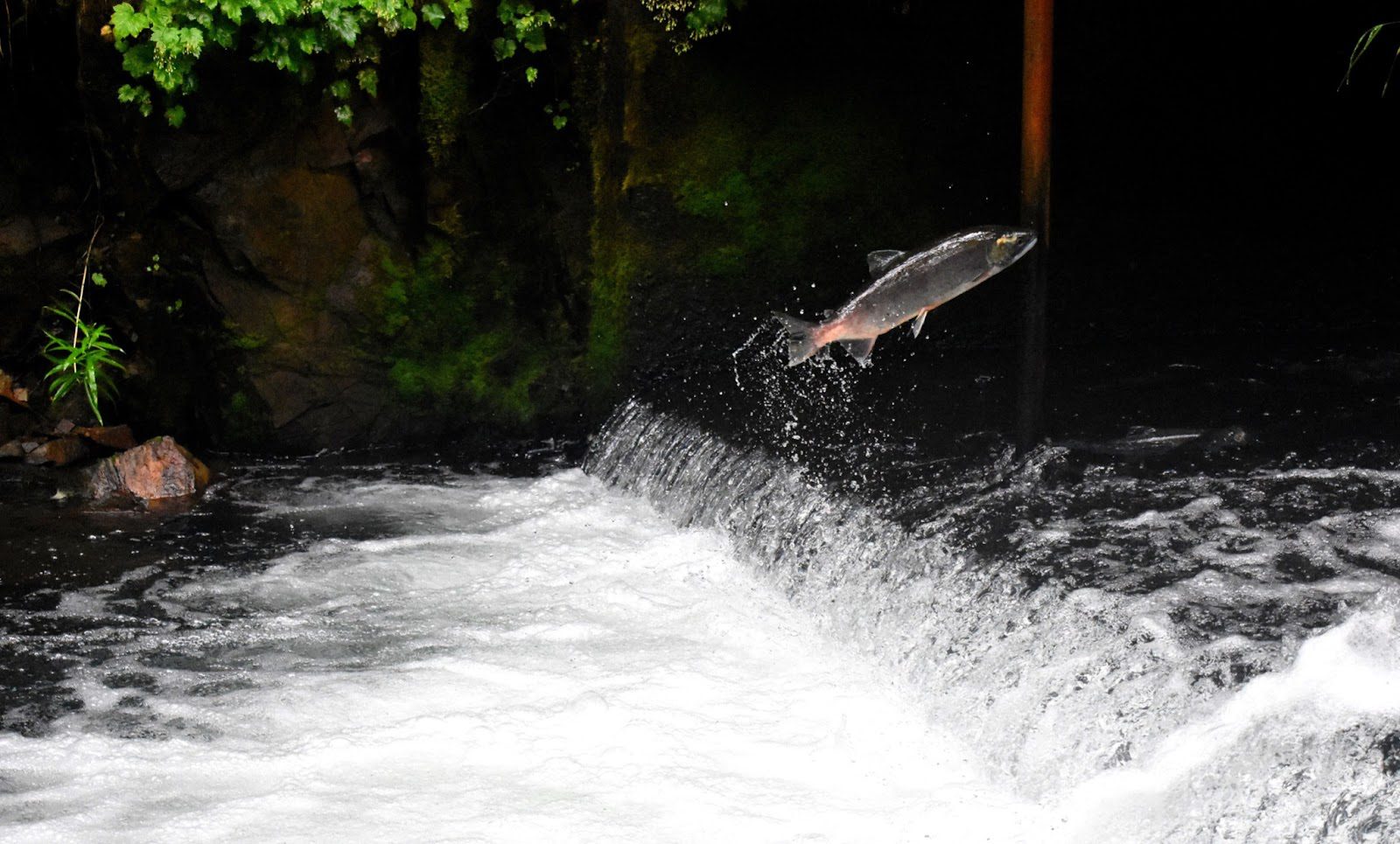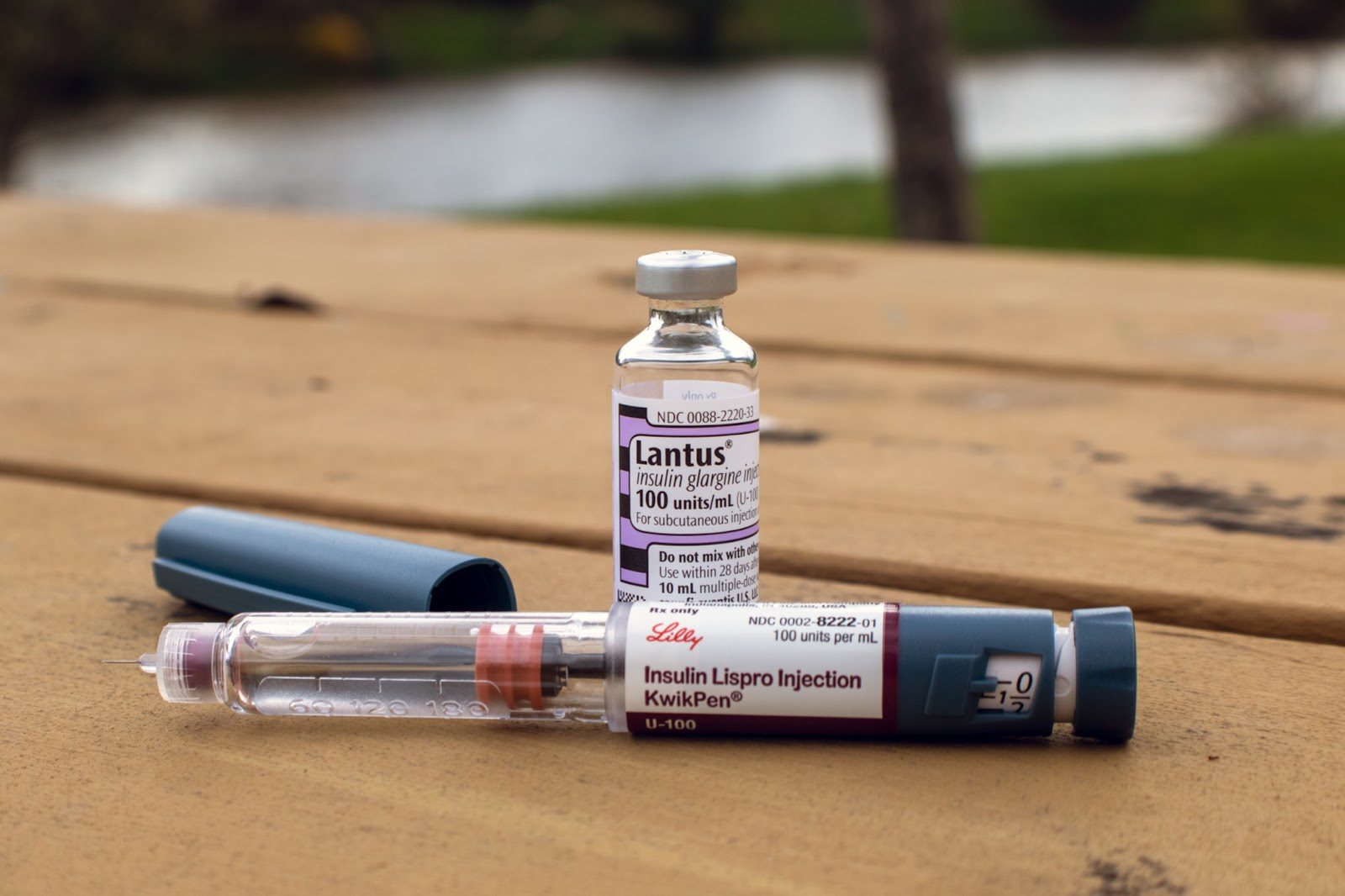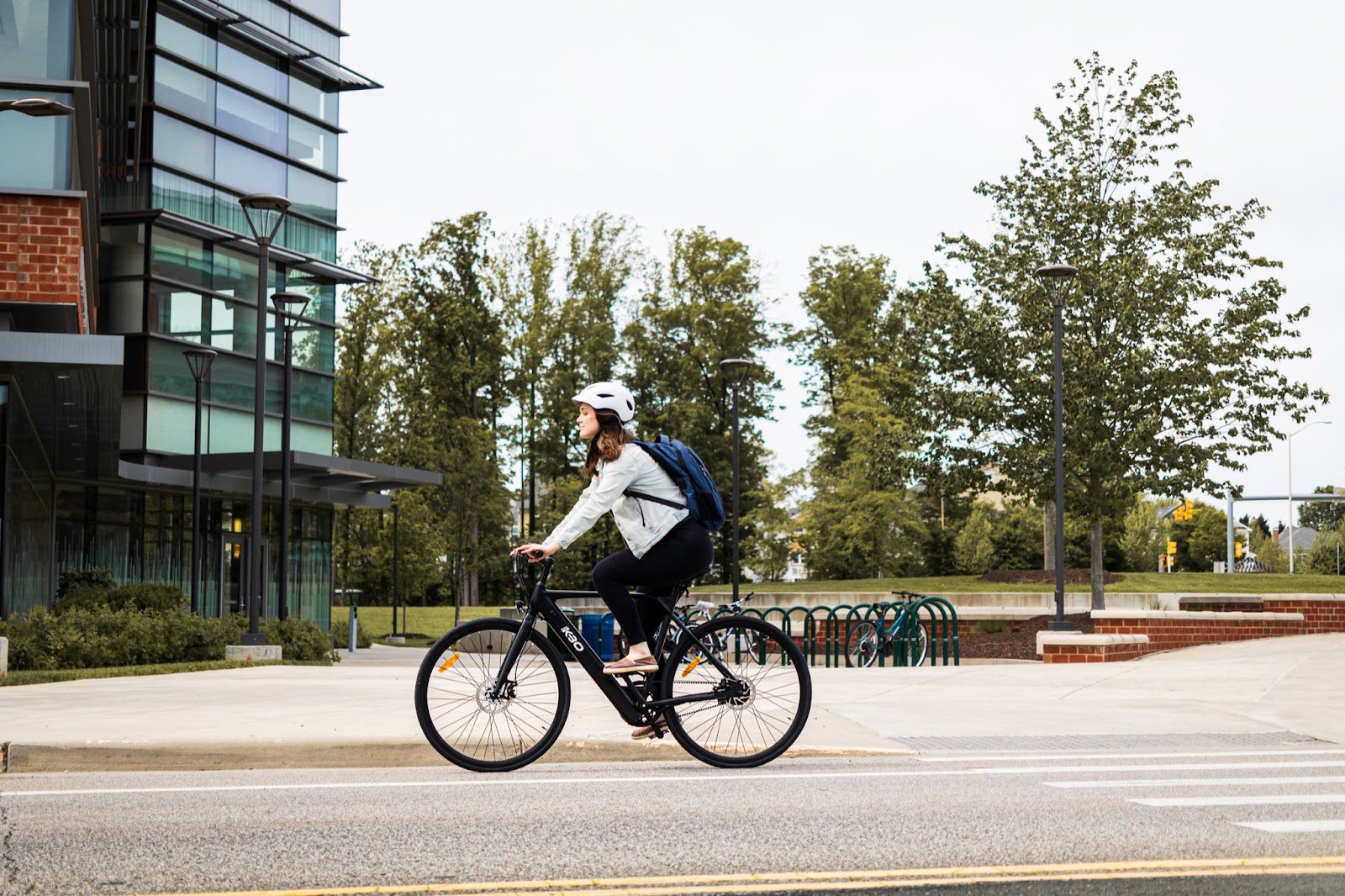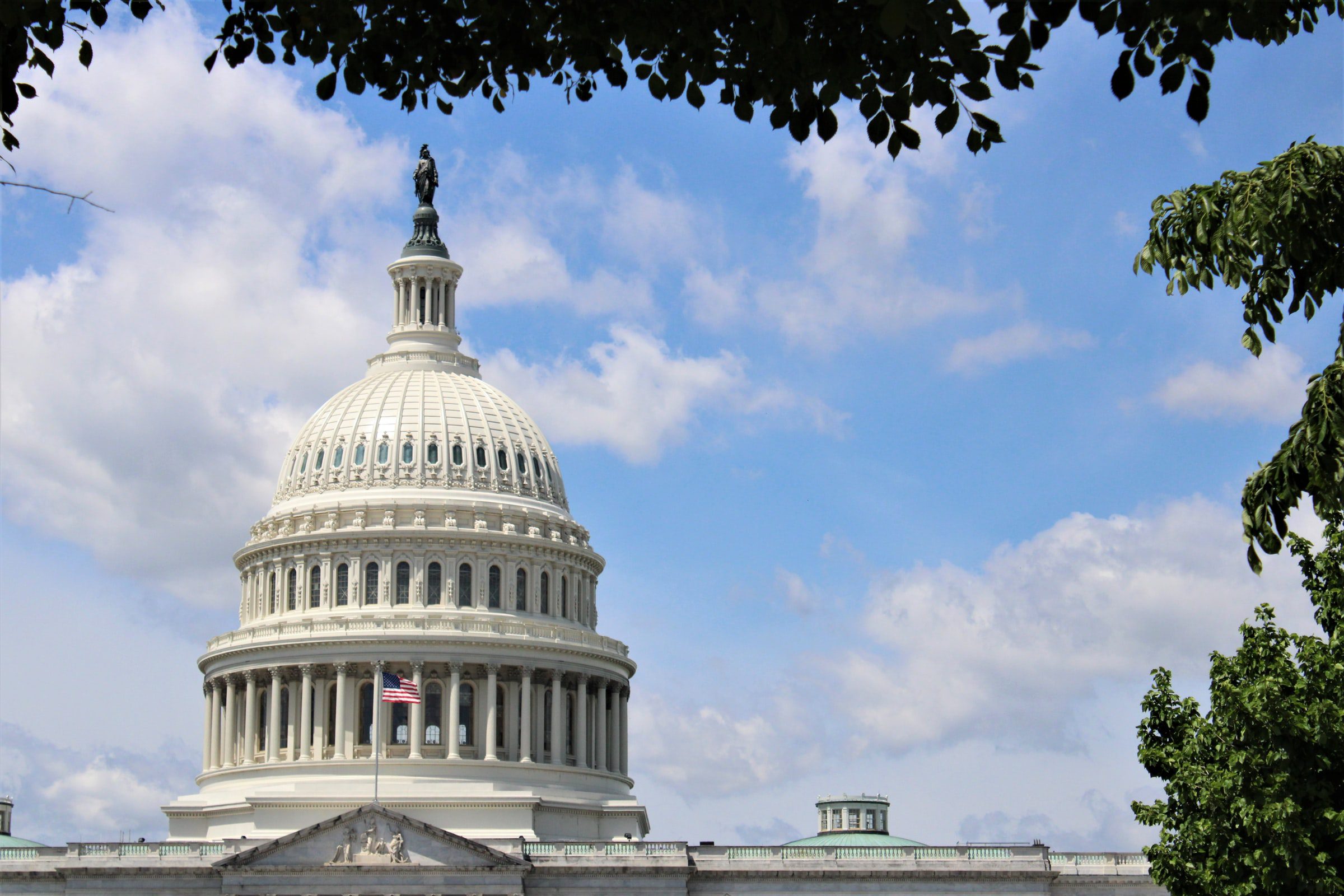Washington has been pushing hard for the passage of what is known colloquially as the “Build Back Better” bill – one of the new administration’s marquee economic policy pieces designed to spur growth and revitalize what some economists have dubbed a floundering economy. The bill, which has recently passed the House of Representatives, faces a steeper, uphill battle as it moves to America’s higher chamber, the Senate. The composition makes the passage of any bill, never mind one on highly partisan economic policy, anyone’s game.
Amid the discussion of the bill’s uncertain path, price tag, and regular partisan discourse, coverage surrounding some of the bill’s less controversial and more sustainably focused provisions has been eclipsed by more tantalizing and dramatic headlines.
While many of the bill’s components may be appropriately categorized as hot partisan topics, a handful offer a compelling argument for inclusion, highlighting the need to bolster resilience and wellness across America that have long been overlooked.
To be clear, that does not mean everyone from both parties favors the provisions included in this particular bill. Regardless of political affiliation or viewpoint though, these items’ inclusion in a bill could indicate the rising recognition of health and conservation issues on a national scale.

New Funding for National Parks, Lands, and Forests
The bill proposes a historic $27 billion to national parks and public lands, the largest single government investment in forest and park conservation in American history. The money is structurally divided into various projects to be allocated accordingly.
A highlight of the provision includes funding to assist “wildfire fuel reduction” – clearing excess brush that could accelerate forest fires. Additionally, the bill offers $9 billion for the Environmental Quality Incentive Program, designed to help farmers increase the sustainability of their properties.

Saving the Salmon
$1 billion of the funding would be pushed to the National Oceanic and Atmospheric Administration (NOAA) to preserve Pacific and steelhead salmon ecosystems and populations.
Salmon play an essential role in the health of waterways, bringing critical nutrients wherever they go, including phosphorus and nitrogen, which are necessary for forests and wooded lands.
Before the bill’s proposal, NOAA already had a functioning salmon conservation effort called the Pacific Coastal Salmon Recovery Fund.

Local News Safety Net
In addition to preserving the longevity of natural environments, the Build Back Better bill also recognizes the importance of regional news as an indispensable component of local identity. It covers issues that impact unique populations’ daily lives. Local news outlets have dwindled in recent years as the move to digital news has risen and the temperature and emotional charge of national politics.
The bill allows for payroll tax credits to organizations that employ local journalists, so long as the company has less than 1,500 employees. The credit, which would extend through 2025, would be equal to 50% of the annual salary in year one, followed by 30% in the following years.

Capping Insulin Expenses
29.1 million Americans use insulin every day, according to the American Diabetes Association. Six million of those use insulin daily, the injectable medicine that regulates blood sugar in those with diabetes. Yet, as the number of Americans with diabetes skyrockets, so too is the price of insulin, rising 11% annually each year between 2001 and 2018, for example. There have been widespread reports of Americans paying more than $1,000 per month for the medication (the medication costs about $10 to manufacture and averages $375). On the current path, one in three Americans will have diabetes by 2050, meaning insulin cost is a potentially devastating expense that all Americans should be concerned with.
Build Back Better caps insulin costs at $35 per month – a price some say is still too high but undeniably is a sigh of relief for millions.

Up to $900 credit for eBikes
If you’ve never ridden an e-bike, you’re not alone. E-bikes offer electronic assistance while biking, making the process less strenuous, but it does not eliminate pedaling, unlike a motorcycle or electric scooter. While they represent a feasible alternative to public transportation and even cars (depending on location), their retail price tag can be steep. This bill includes a credit for up to 30% of the bike’s cost if purchased before 2026 but will not exceed $900. Higher-income families (above $75,000 annually) will have adjusted tax credit rates depending on their income bracket.





